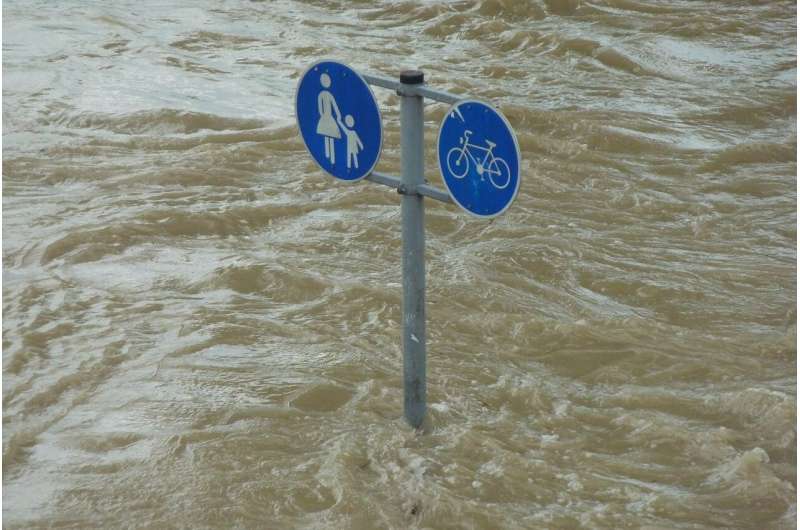Peking University, April 18, 2022: In China, the year 2021 was marked by a series of highly unusual weather events, including record cold conditions in January, freak dust storms in spring and severe flooding in Zhengzhou in July.
Credit: Pixabay/CC0 Public Domain
Besides those in China, equally extreme cold conditions occurred in the US early in the year, followed by the record-breaking heatwave in western Canada in the summer, and severe flooding in Europe in July.
A year on from the events, scientists at the Chinese Academy of Sciences' Institute of Atmospheric Physics and Peking University, together with the UK Met Office, have reviewed the events, their causes and connections and their implications for the future.
Evidence so far has indicated that a mix of internal, natural variability and anthropogenic climate change was likely to have played a hand in the events.
This short review is expected to serve as a reference for further climate event attribution, process understanding, and high-resolution modeling of extreme events. The work is published in Advances in Atmospheric Sciences as a News & Views paper.
"Our report has also highlighted the need to develop an operational real-time system of rapid event attribution in China to facilitate the understanding of climate extremes, and further, to adapt to and mitigate the ongoing climate change," said Prof. Zhou Tianjun, the corresponding author of the paper.
"Although individual events cannot usually be attributed to climate change, the likelihood of some of them has been altered as a part of climate change," said Dr. Robin Clark from the UK Met Office, also one of the authors of the study.
Explore further
'Fingerprints' of extreme weather revealed by new statistical approach
More information: Tianjun Zhou et al, 2021: A Year of Unprecedented Climate Extremes in Eastern Asia, North America, and Europe, Advances in Atmospheric Sciences (2022). DOI: 10.1007/s00376-022-2063-9
